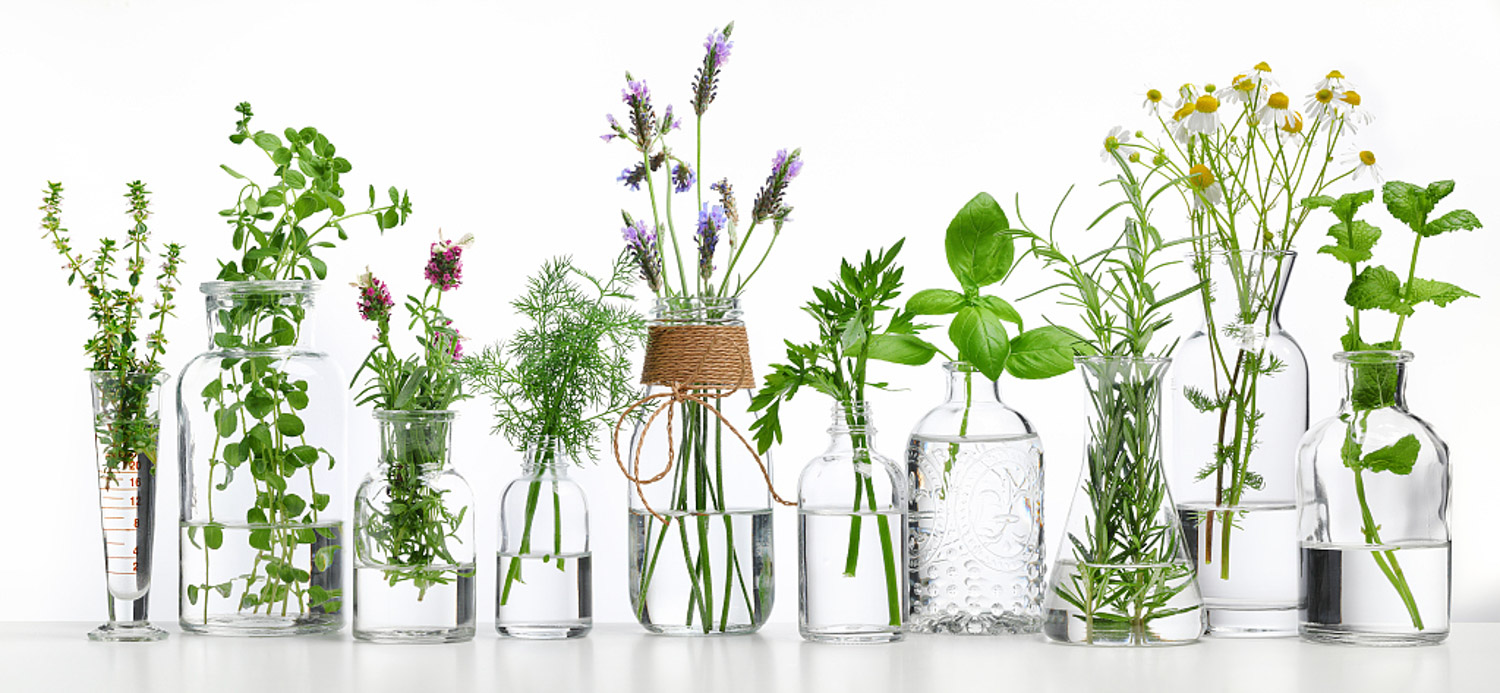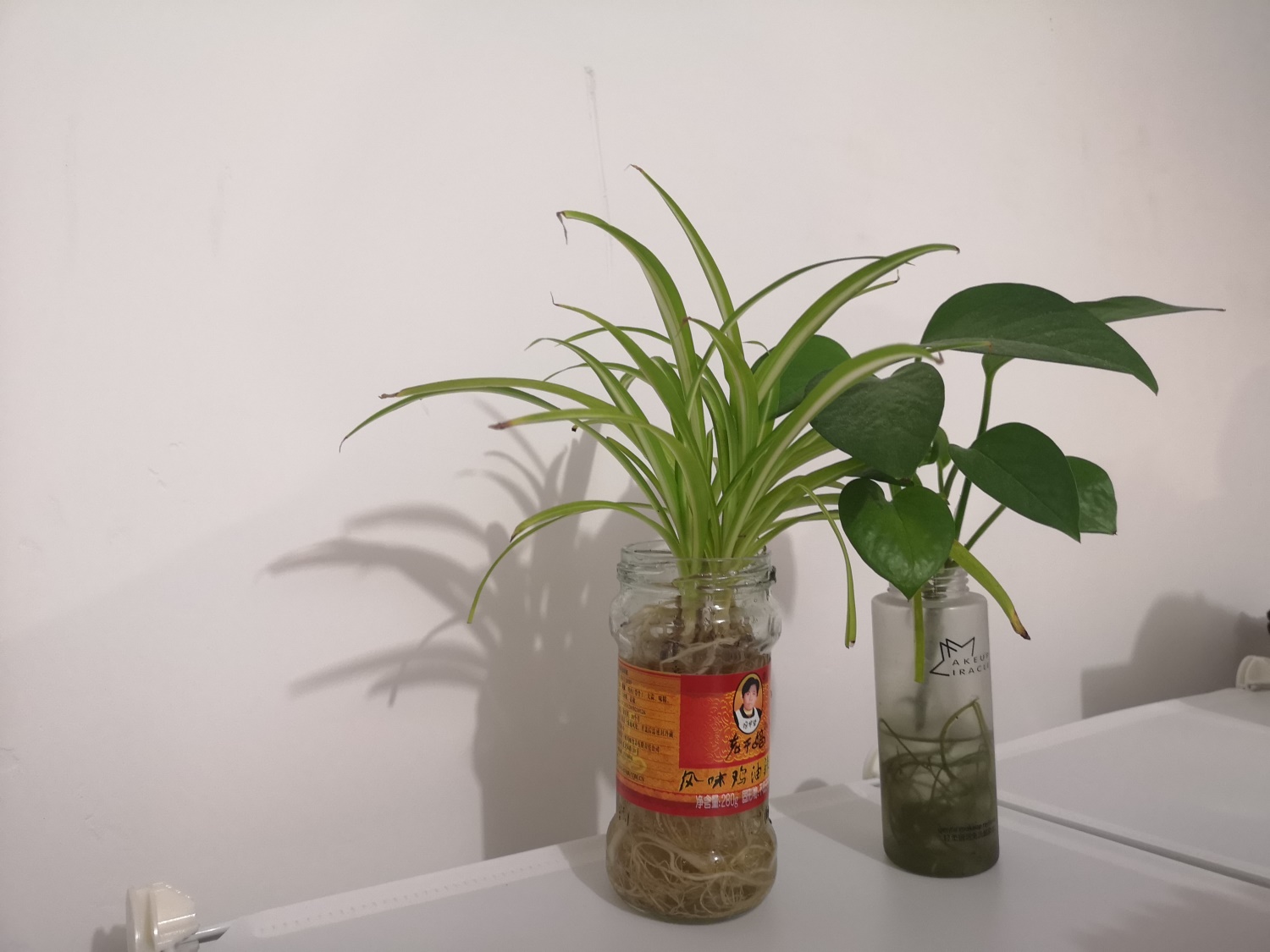Water moss
Corydalis 1
1. Soak the water moss in water for half an hour, then take it out and pinch it dry

Author: black bird 19 (source: black bird)
2. Wrap the root of Clivia with water moss, then put it into the flowerpot and compact it slightly. Be careful not to use too much force

(author: Jing Ye of Yuexiang thatched cottage source: Clivia bar)
3. After planting, pour water, and then put it in a cool and ventilated place to slow the root for 2 ~ 3 days

(author: Jing Ye of Yuexiang thatched cottage source: Clivia bar)
Precautions:
① Generally, the seedlings born less than 2 years old are cultured with water moss without adding any fertilizer, because water moss itself is rich in amino acids and various elements

② For Clivia over 2 years old, it is necessary to replace it with a 5-inch basin and add fertilizer appropriately. It is recommended to use slow-release fertilizer and bury it directly at the bottom of the basin

③ When changing the basin of Clivia, you don't need to break up the water moss. Knock it out gently, put it into the large basin, and then fill the surrounding gap with water moss

(source: Clivia player network of China)
④ After 3 years of use, the pH value of the water moss will be sour, and it is about 4, which is not suitable for the growth of Clivia. Therefore, it is necessary to add some weak alkali to neutralize it. However, Huahua suggests that you directly replace the new water moss

Author: black bird 19 (source: black bird)
2. Moss nourishing root
1. Hair roots are mainly aimed at Clivia whose roots have rotted and only fern heads are left. In short, the rotten parts of Clivia must be cut off first

(author: Liuxiang 918895; source: Clivia bar)
2. Soak the wound in 1:2000 potassium permanganate water for about 1 hour, disinfect it, and then dry it in the shade. Apply purple potion or carbendazim to the wound at the bottom. If not, it's OK not to apply it

3. Wet the water moss, touch it to the degree of slight moisture, then wrap the root fern head of Clivia with water moss and put it into the flower pot

(author: Juan Juan 860212; source: Clivia bar)
4. Put it in a cool place indoors after putting it in the basin to keep the water moss moist. Basically, when you see that the water moss is dry outside and there is still a little moisture inside, you can pour it through
In about a month, Clivia will give birth to new roots

(author: Juan Juan 860212; source: Clivia bar)
Broken brick and tile
1 pad basin bottom to raise orchids
1. Smash the bricks and tiles, preferably into 2 ~ 5mm pieces

2. Wash the brick particles with clean water, screen out the larger particles with a sieve and put them on one side and the smaller ones on the other side

3. Bury the larger particles in the bottom of the flowerpot, and then fill it with orchids

4. Some flower friends directly plant orchids with broken bricks. The larger particles are placed at the bottom of the basin and the smaller particles are placed near the root system< span>
In this way, planting orchids directly with broken bricks and tiles can largely avoid the problem of ponding, but the fertilization frequency should be increased accordingly, because there are few nutrients in broken bricks and tiles. Thin bean cake water should be applied once every half a month, otherwise the orchid will grow very weak
2. Directly raise more meat
1. Still break the broken bricks and tiles, then clean them and screen out particles between 2 ~ 5cm

2. Fill it directly into the flowerpot and plant more meat

Cinder
1. Smash the cinder and make it as broken as possible

(author: lyjlcqw) source: Yuhua Valley Forum)
2. Soak the crushed cinder for 1 day and then clean it

(author: huadoudou} source: yuhuagu Forum)
3. Sift it out with a sieve. Put the large one in a pile and the small one in a pile

(author: lyjlcqw) source: Yuhua Valley Forum)
4. Those with smaller particles can be directly used to grow more meat~

(author: xy569# source: Yuhua Valley Forum)
5. Larger particles can be put into the bottom of the flowerpot, which can effectively prevent ponding

Sawdust
1. Select pure sawdust that is clean and not mixed with soil. Well, it's better to use solid wood sawdust instead of all kinds of preservative wood, because all kinds of additives inside are very unfriendly to plants~

2. Fill in a part of sawdust at the bottom of the flowerpot, and then put in the orchid to be rooted. Hold the orchid with one hand and fill in the sawdust with the other hand until the orchid no longer falls down

3. Pour water through it and put it in a cool place for curing. Pay attention to keep the sawdust moist during root hair. Water it when you see it dry. White and tender roots can grow in 1 ~ 2 months

(author: unintentional source: Zhonghua orchid trading network a)

 how many times do yo...
how many times do yo... how many planted tre...
how many planted tre... how many pine trees ...
how many pine trees ... how many pecan trees...
how many pecan trees... how many plants comp...
how many plants comp... how many plants can ...
how many plants can ... how many plants and ...
how many plants and ... how many pepper plan...
how many pepper plan...



























